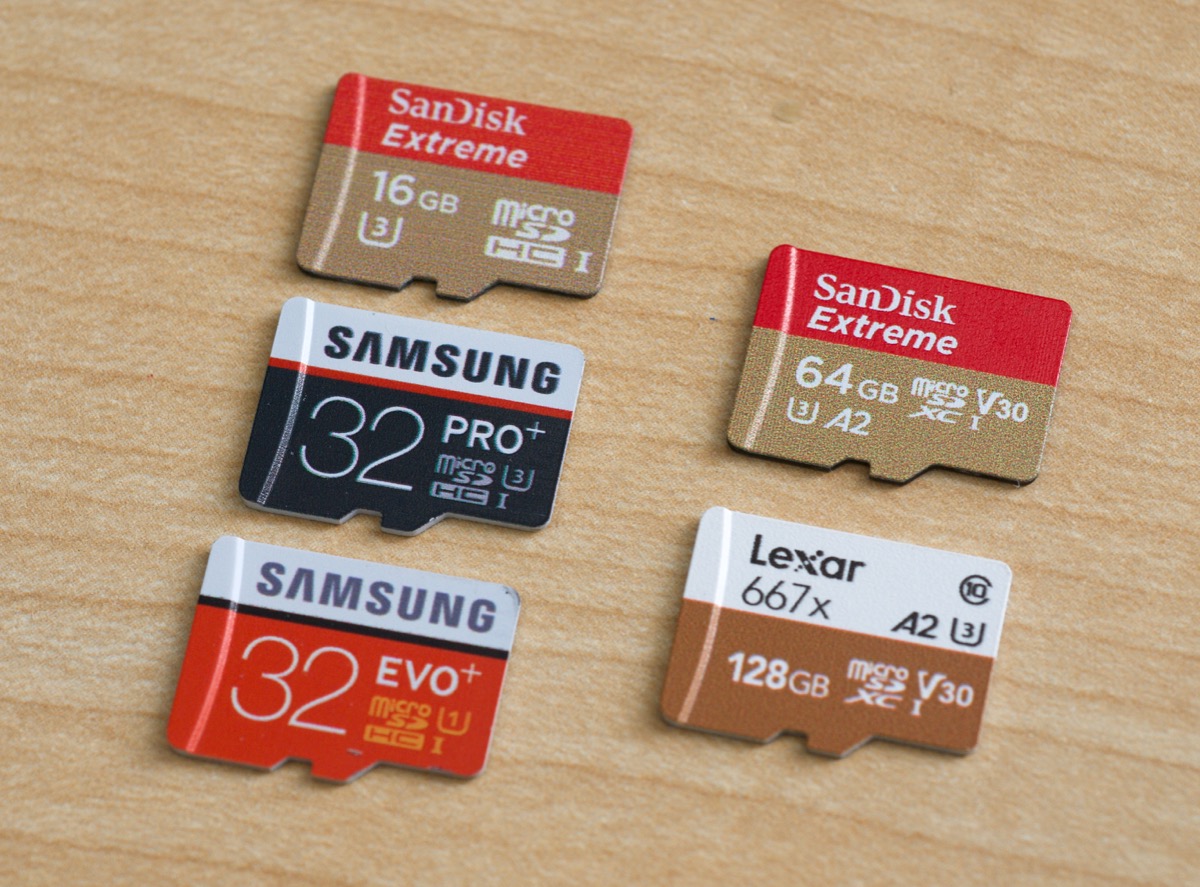Raspberry Pi microSD follow-up, SD Association fools me twice?
____________________________________________
/ Fool me once, shame on you. Fool me twice, \
\ prepare to die. (Klingon Proverb) /
--------------------------------------------
\ ^__^
\ (oo)\_______
(__)\ )\/\
||----w |
|| ||
(Excerpt from Ansible for DevOps, chapter 12.)
The fallout from this year's microSD card performance comparison has turned into quite a rabbit hole; first I found that new 'A1' and 'A2' classifications were supposed to offer better performance than the not-Application-Performance-class-rated cards I have been testing. Then I found that A2 rated cards offer no better performance for the Raspberry Pi—in fact they didn't even perform half as well as they were supposed to, for 4K random reads and writes, on any hardware I have in my possession.
